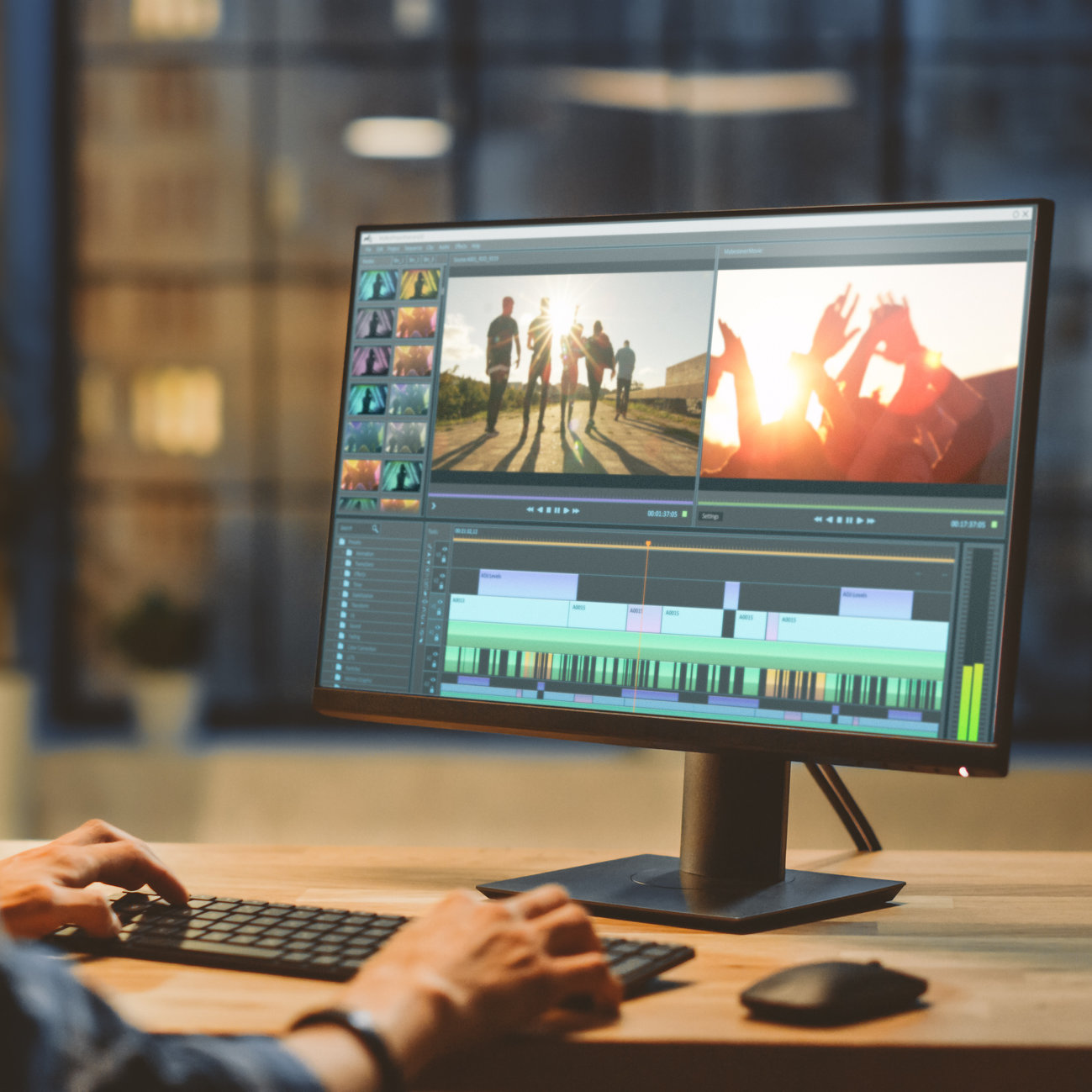Production process
Concept
This phase goes from briefing to concept. The main lines of the idea are described. The number of ‘expressions of the concept’ that are developed will vary per project. It may range from a single-paragraph description to a playbook with storyboards, scripts and shot lists. The more documentation, the more expensive the video, because it takes a long time to develop it. For many TU Delft videos a clear description should suffice.
Things to pay attention to in this phase:
- This phase is all about setting boundaries, both creative and communicative. For example, indicate what you don’t want, or what you think is an inspirational example – this provides a framework for the developers of the concept.
- A budget guideline is needed to enable creators to determine whether they can deploy a film crew with ten people, or a single cameraman.
- The channels and platforms where the video will be shown determine to a large extent the content as well as the format of the video. Make sure that the most important distribution channels are clear before the start of pre-production.
- In this phase, also determine what assets you need. Maybe you need a different version for another channel, or the same version in a different format? A request for more assets in a later phase is by definition inefficient, and sometimes very expensive.
Pre-production
This phase is where the concepts get worked out in more detail. Put simply, the production of the video is prepared, working from all the disciplines that are collaborating on the project. A producer plans the recordings and the crew, the editors start research and the director works together with the camera team to establish the form of the video (lighting, colour, sound, music, rhythm, locations).
Things to pay attention to in this phase:
- Videos often feature people, and if they play an important role, they are cast. Once the video has been recorded, this cannot be changed.
- Music is always an important, and sometimes even a vital aspect of the video. If the music for a specific production is crucial for TU Delft, it is advisable to coordinate this in this phase, as the film is edited on the basis of the music and it is time-consuming and therefore expensive to change this later.
Production
The production phase is where the actual filming takes place. Every video is custom-made, so the size of the crew will vary per shoot. Sometimes all you will need is a cameraman and a producer or director, while other shoots may require a sound technician, lighting technician, focus puller and all manner of assistants.
Things to pay attention to in this phase:
- A shooting day is often the most expensive part of filmmaking, so this day is often planned with Swiss precision. Small changes in the planning can have large, and thus expensive, consequences.
Post-production
In this phase, all shooting has been done and the film editing starts. The editing process is all about cutting and joining the images, and adding all the other elements, such as sound design, subtitles, music and colour editing. A first version of the video can be shown and TU Delft can give feedback.
Things to pay attention to in this phase:
- Is it a 1.0 version or a 0.9 version? This makes a world of difference. In the first case, it is a fully fledged version (according to the makers) that can in principle be shown live. In the second case one element is still missing, and you need to see through this when assessing the film. This could be music or colour editing, for example.
- When the video is delivered, make sure your get the right files and formats, for example a 16:9 format for YouTube and a 4:5 format for Facebook.
Thinking in formats and series
There are many channels and platforms, and video is often the most effective medium. That means that a huge amount of video is needed in a year. And that is unaffordable. This is why efficiency is one of the most important aspects when producing a video or having a video produced. The smarter the planning, the cheaper the video will be to produce.
The easiest way to save a lot of money/produce a lot of video is to think in terms of formats and series. Almost all informative formats and some emotive formats can be produced in bulk, without compromising on quality. In fact, it often improves the quality.
For example:
For an explainer video, a student is telling about his future work in the field of the speed of sound. Ideally, the backdrop would be a beautiful theatre auditorium, but for a single explainer video this would be comparatively expensive to hire. However, it is a lot cheaper if you can spread the hire cost over twelve videos. And this applies to many other disciplines within the video world: it becomes exponentially cheaper the more films you shoot.




